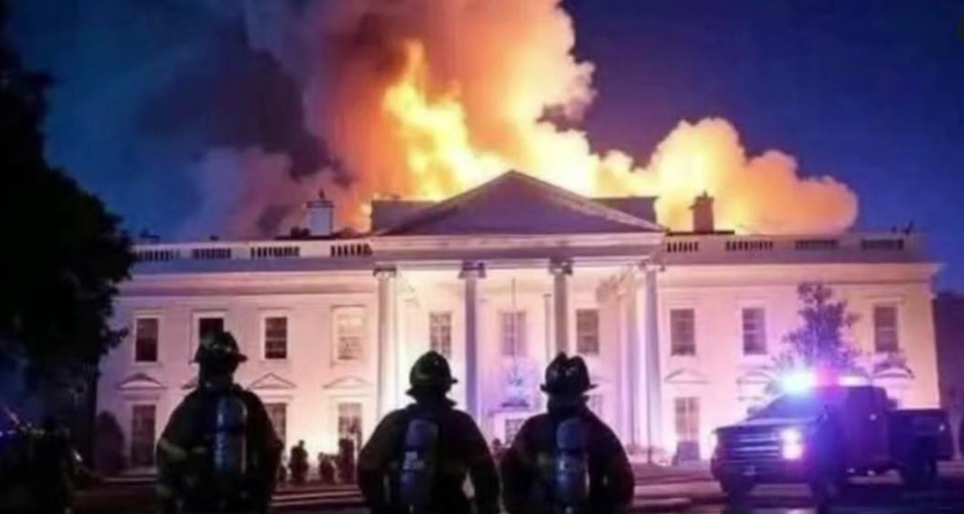A tense calm appeared to settle over the Middle East on Tuesday as a cease-fire between Israel and Iran took effect, nearly two weeks after violence first erupted across the region. However, the fragile peace quickly showed cracks. Reports of missile launches within hours highlighted the delicate nature of the agreement.
The Cease-Fire Agreement
In the early hours of Tuesday, a truce formalized between Israel and Iran seemed to offer a respite after twelve days of intense conflict, during which both sides suffered significant losses and global concern surged. The cessation of hostilities was facilitated by the United States under President Donald Trump, who urged both nations to honor the agreement and cautioned against actions that could reignite violence.
Prime Minister Benjamin Netanyahu’s office issued a statement confirming Israel’s acceptance of the U.S.-brokered deal, adding that Israel had achieved its objectives and would respond decisively to any violation of the cease-fire.
Missile Activity and Immediate Strain
Within hours, however, the truce came under pressure. Israeli sources reported multiple missile launches by Iran, triggering air-raid sirens and sending thousands of people scrambling for safety. A reported strike in the southern city of Beersheba killed at least four individuals, sharply raising the stakes of the diplomatic pause.
Iranian state media, in contrast, denied launching any attacks, instead accusing Israel of continuing strikes inside Iranian territory. This conflicting narrative complicated efforts by observers to verify events on the ground.
Israeli military officials claimed they had neutralized missile launchers in western Iran that were prepared to target Israeli territory. Israel stressed that it remained ready to respond militarily should Iran breach the truce.
Truce Framework and Political Stakes
The agreement followed weeks of escalating tensions between the two nations. Iran had been advancing its missile capabilities and asserting influence through allied groups across the region. Israel maintained that its operations aimed to curb Iran’s nuclear and missile programs and preserve its security dominance in the region.
President Trump hailed the cease-fire as a diplomatic success, crediting the United States with brokering a pause in the fighting. Yet analysts cautioned that the agreement may be more of a temporary halt than a true resolution: neither country had fully withdrawn its capabilities or committed to long-term non-violence.
Human and Regional Impact
While leaders celebrated the deal, ordinary civilians remained caught in uncertainty. For families in Israel and Iran, the promise of peace offered little reassurance if missile alarms continued or infrastructure remained damaged. Schools and businesses that had closed during the conflict did not immediately reopen in all areas. In southern Israel, bomb shelters were still in use, and many communities remained under threat.
Beyond the national borders, neighboring countries watched cautiously. Oil markets reacted to the renewed strikes, with energy prices sensitive to instability in the region. Diplomatic channels across the Gulf and beyond moved quickly to urge calm, warning that a broader regional conflict would carry serious global repercussions.
The Trump Factor and U.S. Role
President Trump’s personal involvement in brokering the truce added an unusual dimension. He framed the cease-fire as a major diplomatic achievement and leveraged American influence—through public statements and the threat of further involvement—to maintain pressure on both sides. Yet the rapid resumption of missile activity raised questions about how much external mediation can accomplish when longstanding grievances and strategic ambitions dominate.
Conclusion: A Precarious Settlement
The Israel-Iran cease-fire, hailed by some as a diplomatic breakthrough, remains highly fragile. Both governments presented it publicly as a success, yet violations and ongoing distrust demonstrate how little has fundamentally changed on the ground. For the people of the region, it is a reminder that peace can be declared—but it must be actively maintained.
Observers continue to watch and wait. Will the truce hold, or will the next missile strike plunge the region back into conflict? As one analyst noted, the agreement may offer a pause, but it is not yet a foundation for lasting peace.
